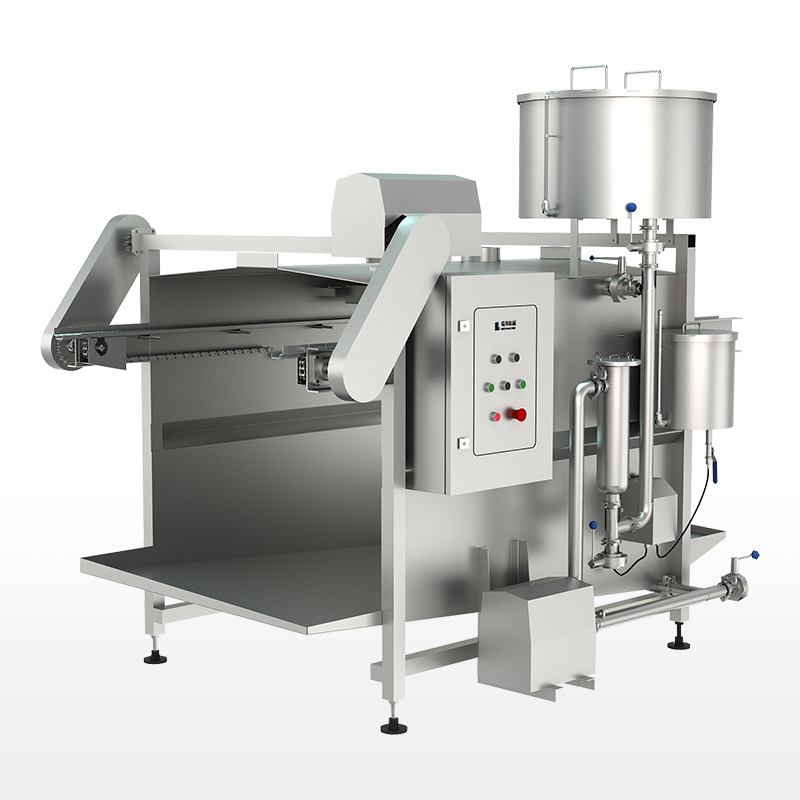This simple yet critical mechanism ensures that the smoke is properly drafted, meaning it is pushed upwards by the difference in temperature between the hot gases inside and the cooler air outside. A well-designed smoke chamber not only aids in proper ventilation but also helps to keep the firebox cleaner by directing the smoke efficiently.
How Smoke Chambers Work
The smoke chamber’s main function is to create a smoother pathway for smoke to travel from the fireplace to the chimney flue. When a fire is burning, the smoke rises and enters the smoke chamber, where the narrowing walls focus the smoke into a more streamlined path, helping it rise into the flue.
This tapering design serves to slow down and compress the movement of smoke, which, if left to disperse unevenly, can cause turbulence and create backdrafts. Backdrafting occurs when the smoke is pushed back into the room due to poor drafting, creating unpleasant and unsafe living conditions.
Construction and Design Considerations
Building a smoke chamber involves several key design elements:
Angled Walls: The walls of the smoke chamber are angled or sloped to funnel the smoke. These angles are carefully measured to prevent excess turbulence and help the smoke rise steadily into the flue.
Parging: To ensure the smoke flows smoothly, the inner surface of the chamber is coated with parging, a smooth heat-resistant mortar. Parging not only reduces resistance to smoke flow but also prevents heat and gases from seeping through the porous masonry, reducing fire hazards.
Smoke Shelf: Some smoke chambers have a feature called a smoke shelf, a flat surface just above the firebox. This shelf helps catch falling debris and prevents downdrafts from pushing smoke back into the room.

The Importance of a Well-Designed Smoke Chamber
A properly constructed smoke chamber is essential for both safety and efficiency. Here are several reasons why it’s a critical component:
Efficient Smoke Ventilation: The sloped walls and tapered shape ensure that the smoke and gases are quickly directed into the chimney. If the chamber is not correctly designed, the smoke can leak into the home, causing respiratory issues and other health risks.
Prevention of Creosote Buildup: A well-functioning smoke chamber minimizes the buildup of creosote, a flammable byproduct of wood combustion that can accumulate in the chimney. Excess creosote poses a significant fire risk if not properly managed.
Fire Hazard Reduction: By keeping the heat and smoke moving upward, a good smoke chamber design prevents the overheating of masonry, which could otherwise lead to cracking and, in extreme cases, fire hazards.
Maintenance and Common Problems
Like any part of a chimney system, smoke chambers require regular inspection and maintenance to ensure safe operation. Some common problems include:
Cracked Parging: The parging can crack over time due to heat stress, leading to poor draft performance and the risk of dangerous gases escaping into the home. Regular inspections can identify these issues before they become hazardous.
Creosote Buildup: Even with a well-designed smoke chamber, creosote can still accumulate. Regular chimney cleaning is essential to prevent this flammable material from causing chimney fires.
Structural Damage: Over time, settling foundations or water damage can cause the smoke chamber to shift or crack. Professional chimney repair services can help rectify these issues.
Regular Inspection and Care
To ensure the smoke chamber remains in good working order, annual inspections are highly recommended. During an inspection, a certified chimney sweep can check for:
Creosote Buildup: Ensuring that the chamber and chimney are free from dangerous creosote buildup.
Parging Cracks: Identifying any damage to the parging and repairing it as needed to prevent further deterioration.
Chimney Cap Issues: Ensuring the chimney cap is in place to prevent debris from falling into the smoke chamber and disrupting airflow.





 English
English русский
русский Español
Español عربى
عربى










